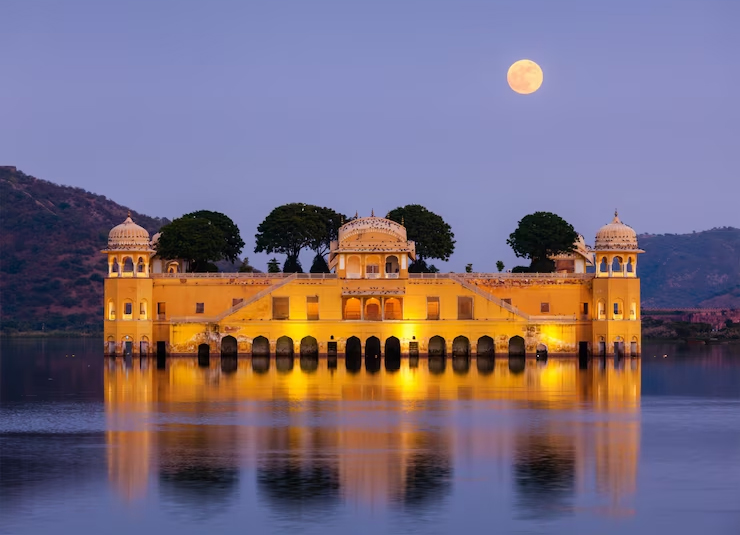Rajasthani languages emerged from Indo Aryan languages.
In prehistoric times there was a single language called Proto-Indo-European language. It was spoken during neolithic to early bronze age. From this language, emerged the Indo-European languages. They were spoken in part of Europe, Iranian Plateau and northern Indian subcontinent. Indo European languages gave rise to Indo Iranian languages. They were spoken in approximately the late 3rd millennium BC. From Indo Iranian languages 3 languages emerged: Indo Aryan, Iranian and Nuristani. Modern Indo-Aryan languages descend from Old Indo-Aryan languages such as Vedic Sanskrit through middle Indo-Aryan language such as Prakrit.
Modern Indo-Aryan languages can be further divided into these groups.
Dardic:
Dardic languages are a group of Indo-Aryan languages largely spoken in the northwestern frontier of the Indian subcontinent. Kashmiri is a Dardic language.
Northern Indo-Aryan languages:
These are also known as the Pahari (‘hill’) languages. They are spoken throughout the Himalayan regions of the subcontinent. Some examples are Nepali, Garhwali, Kumaoni, dogri, Kangri etc.
Northwestern Indo-Aryan languages:
These are spoken in the northwestern region of India and Eastern Pakistan such as Punjabi, Sindhi among many other languages.
Western Indo-Aryan languages:
These are spoken in the central and western areas within India, such as Madhya Pradesh, Rajasthan and Gujarat. Examples are Rajasthani, Gujarati and bhil languages among others. Romani is also part of this group and spoken by Romani people in Europe who historically migrated from India.
Central Indo-Aryan Languages:
These are spoken primarily in the Hindi belt regions and the plains of Ganga including Delhi and the surrounding areas. Some of these languages are Braj and Awadhi,Haryanvi, Urdu, Hindi, Khariboli. Urdu is a Persianized derivative of Khariboli and Hindi is a standardized and Sanskritized version of Khariboli. It is the official language of the Government of India.
Eastern Indo-Aryan Languages:
These are also known as Magadhan languages. They are spoken throughout the eastern subcontinent, including Odisha, Bihar, Bengal, Assam, Bangladesh alongside other regions surrounding the northwestern Himalayan corridor.
Southern Indo-Aryan Languages:
These include Marathi-Kokani languages. These are spoken in Maharashtra and Kokan region.
Insular Indo-Aryan languages:
Insular Indo-Aryan languages are spoken in Shri Lanka and Maldives. Examples are Sinhali and Maldivian.


